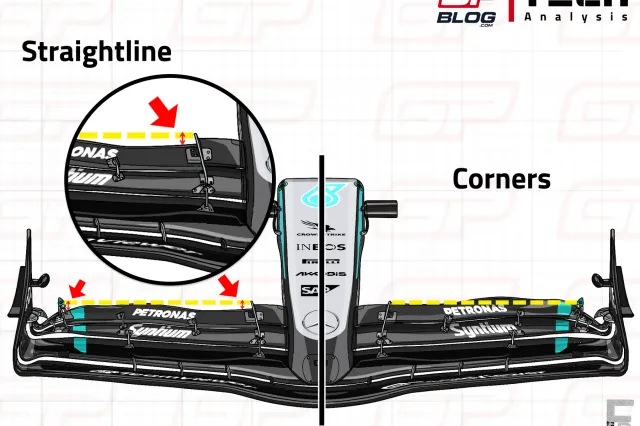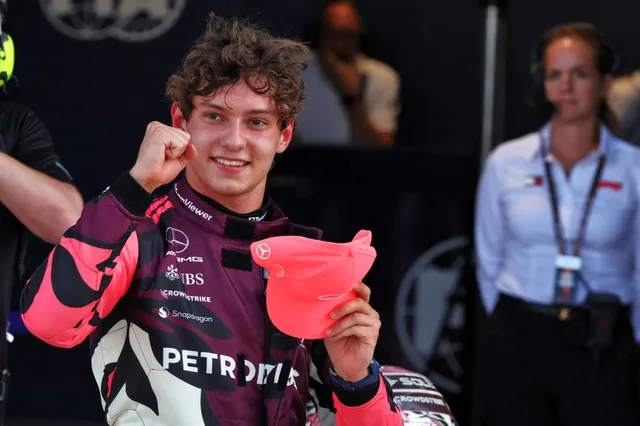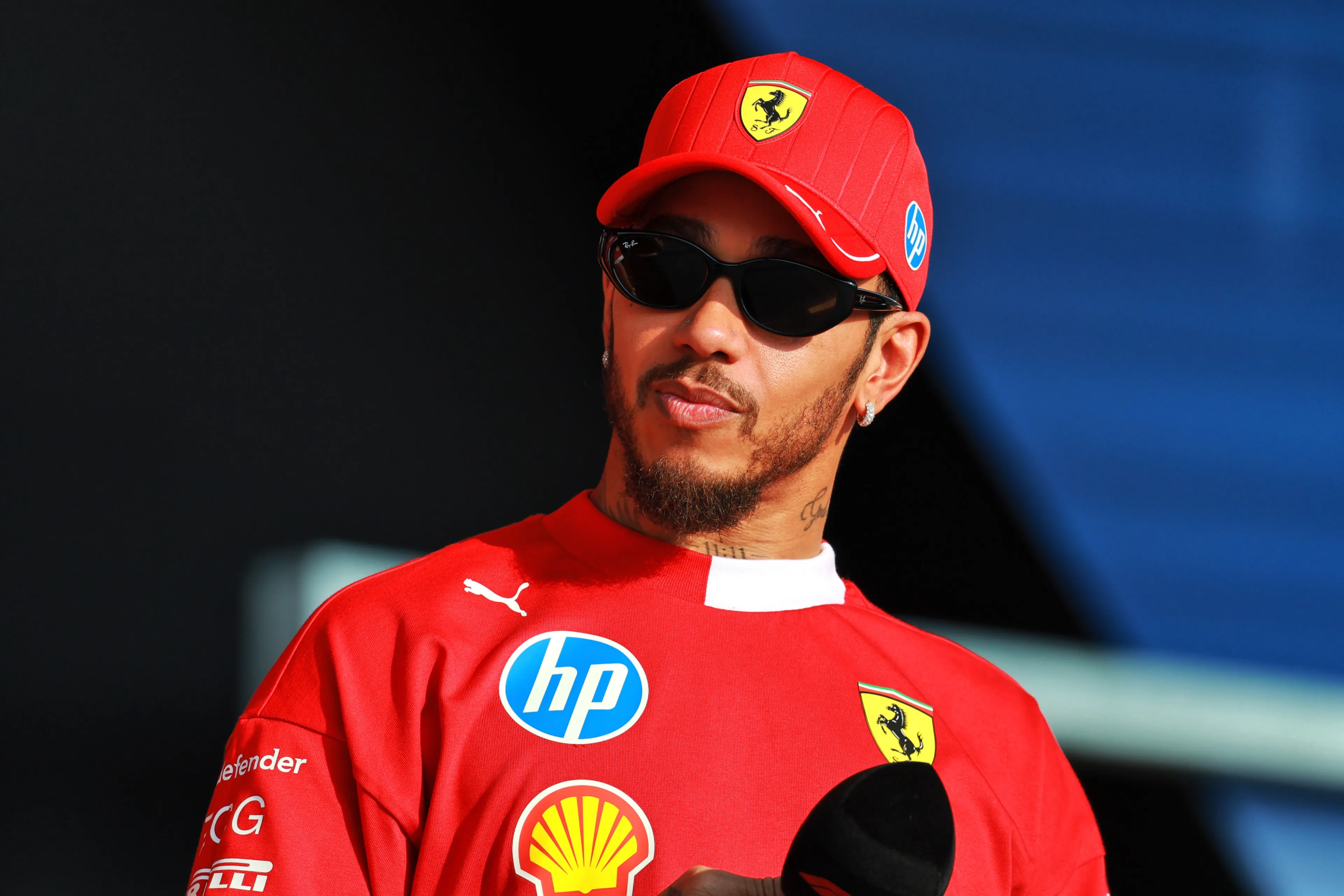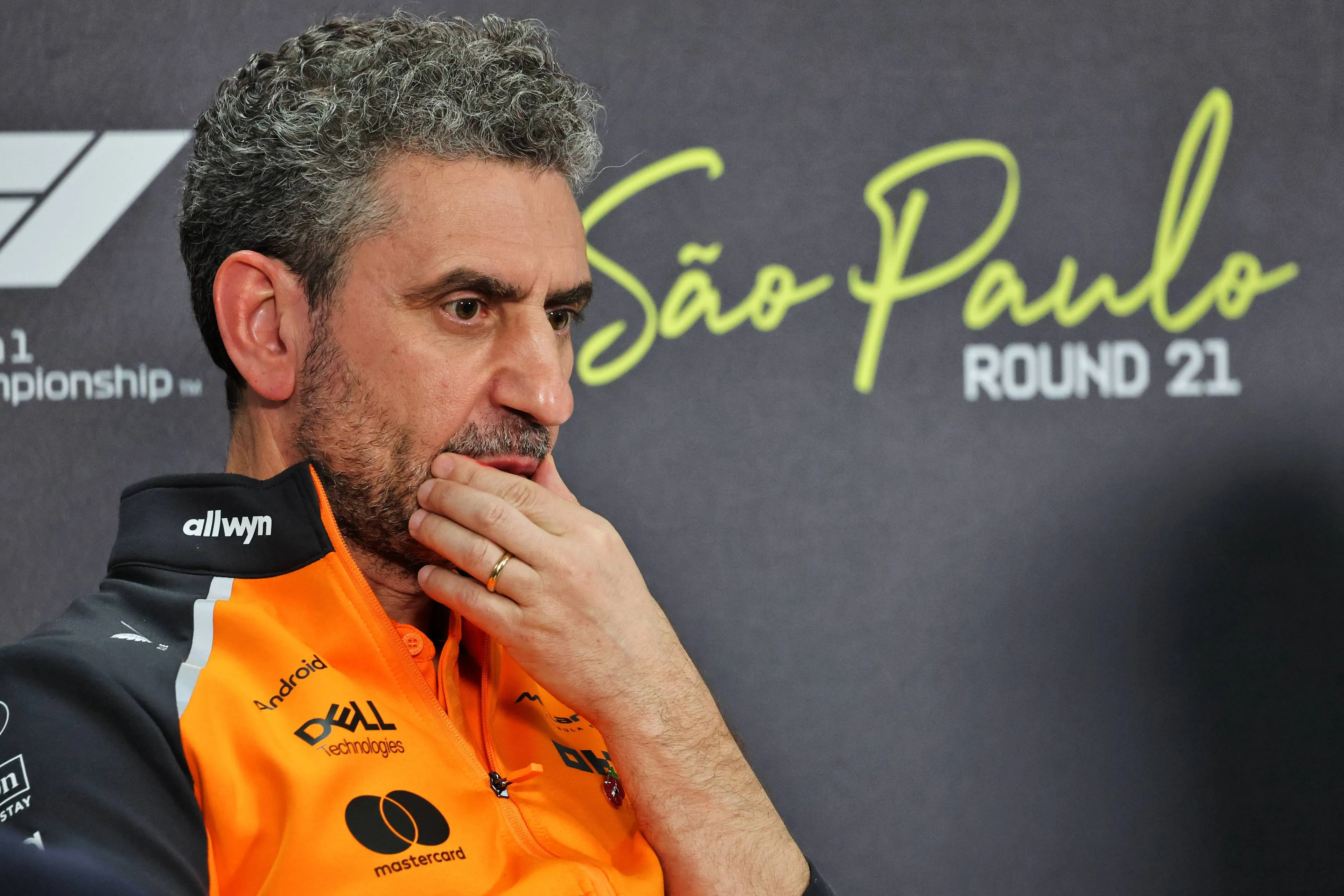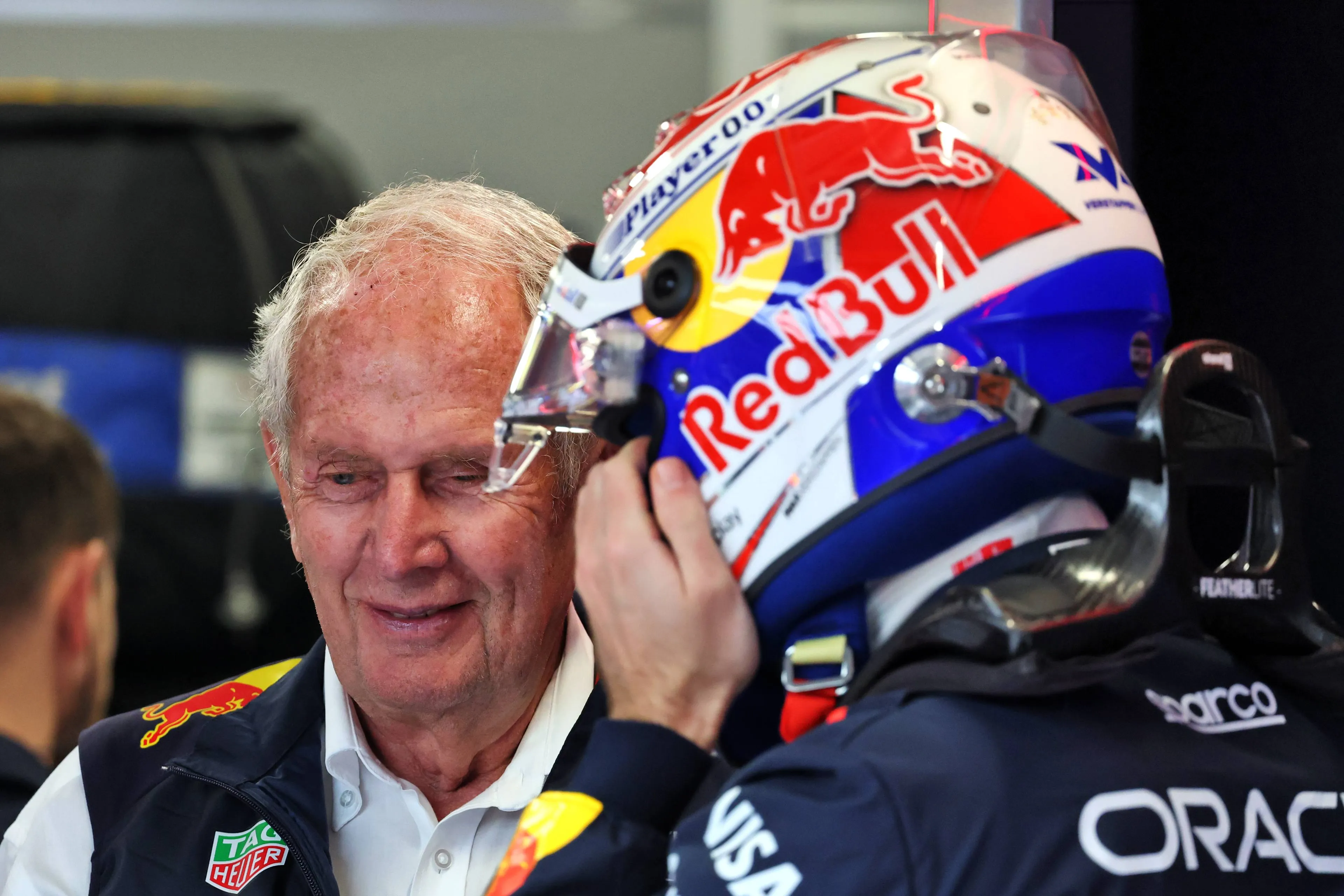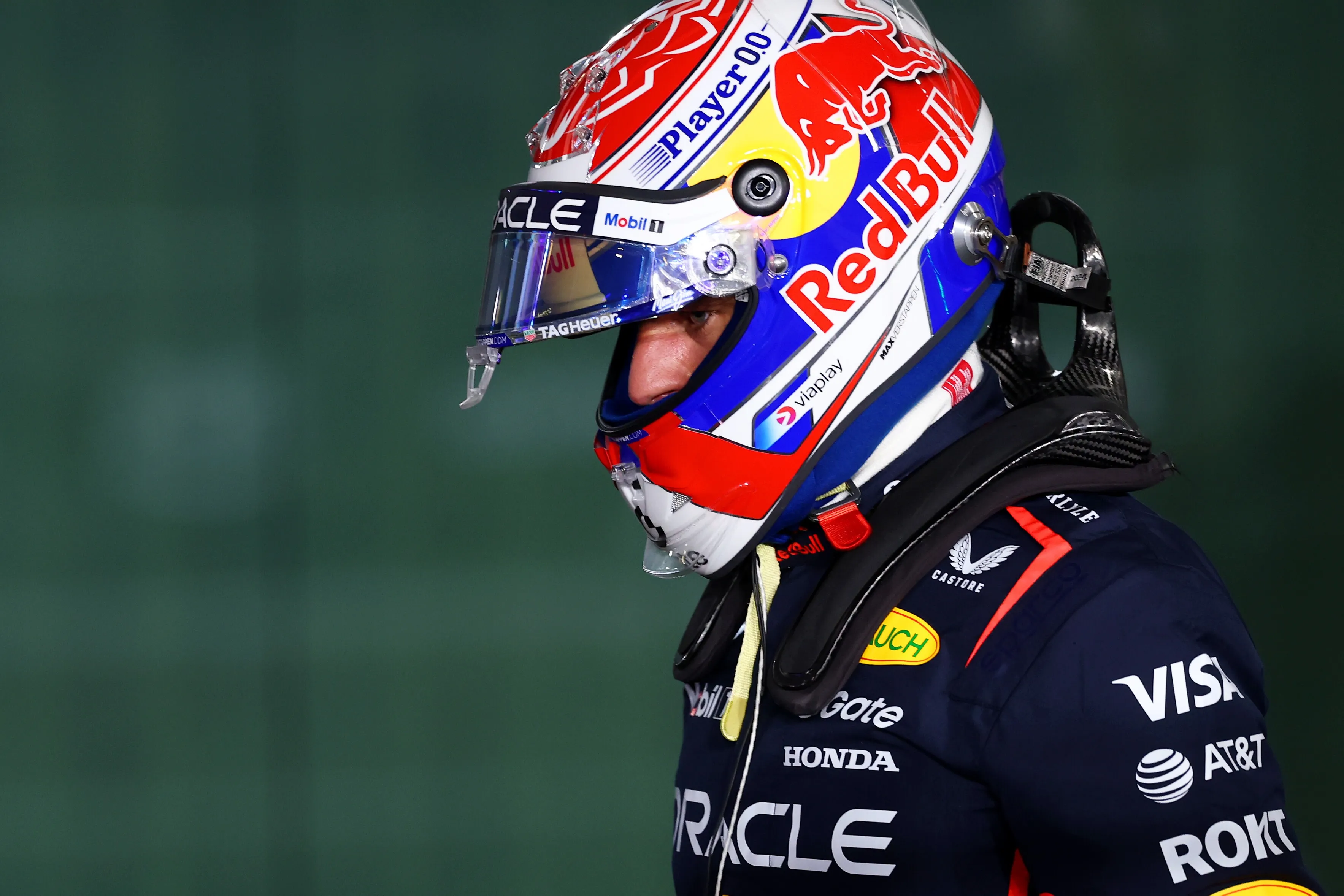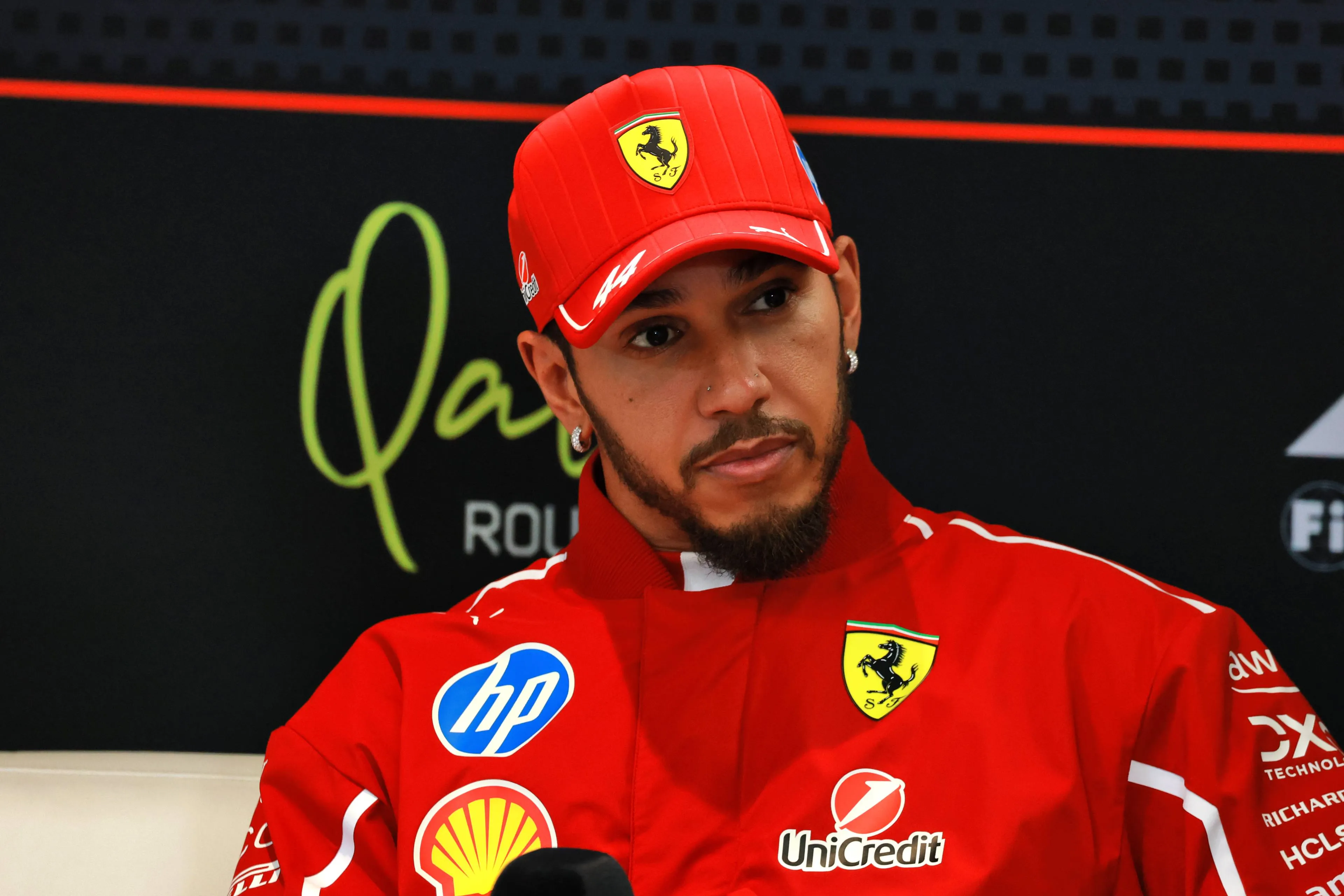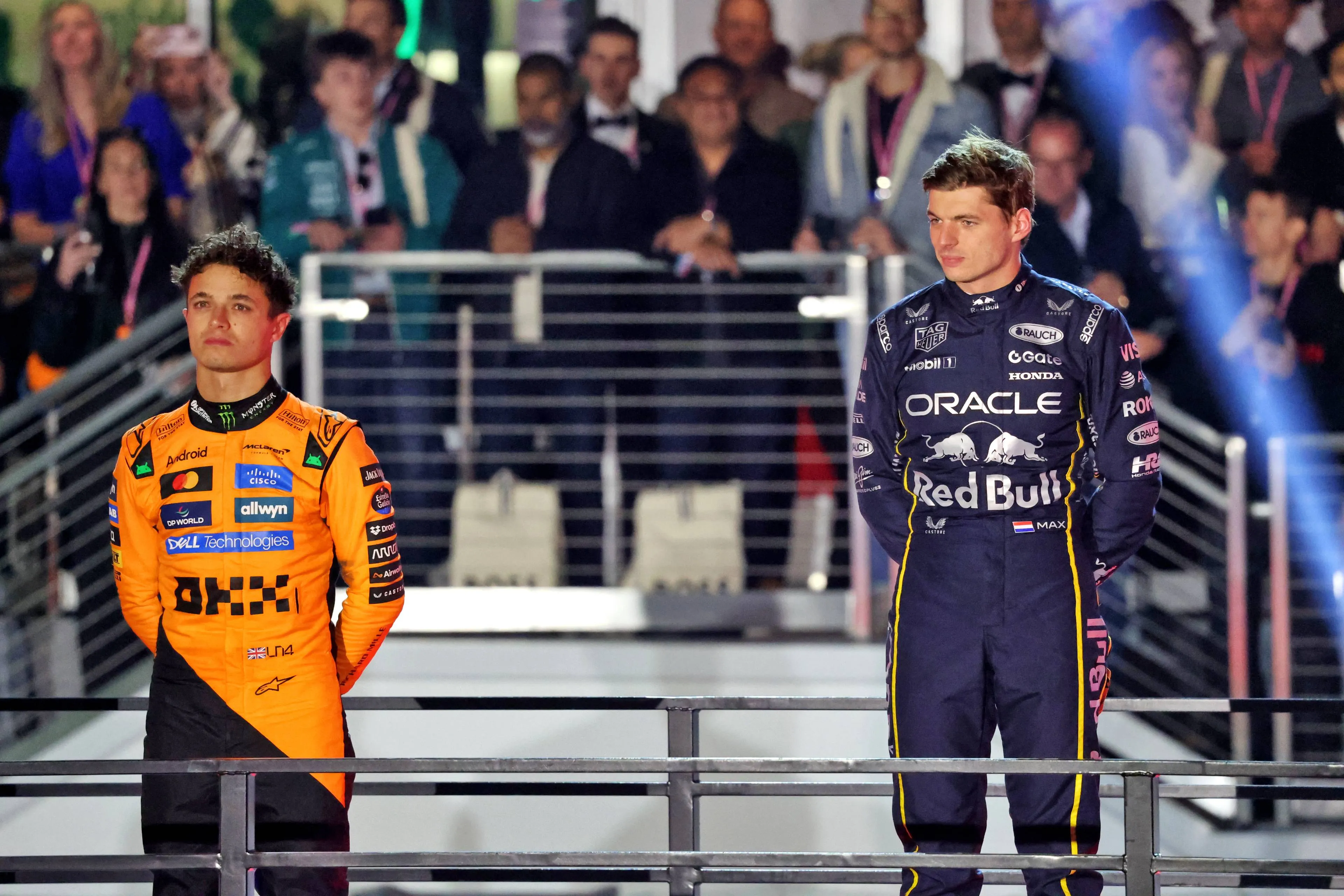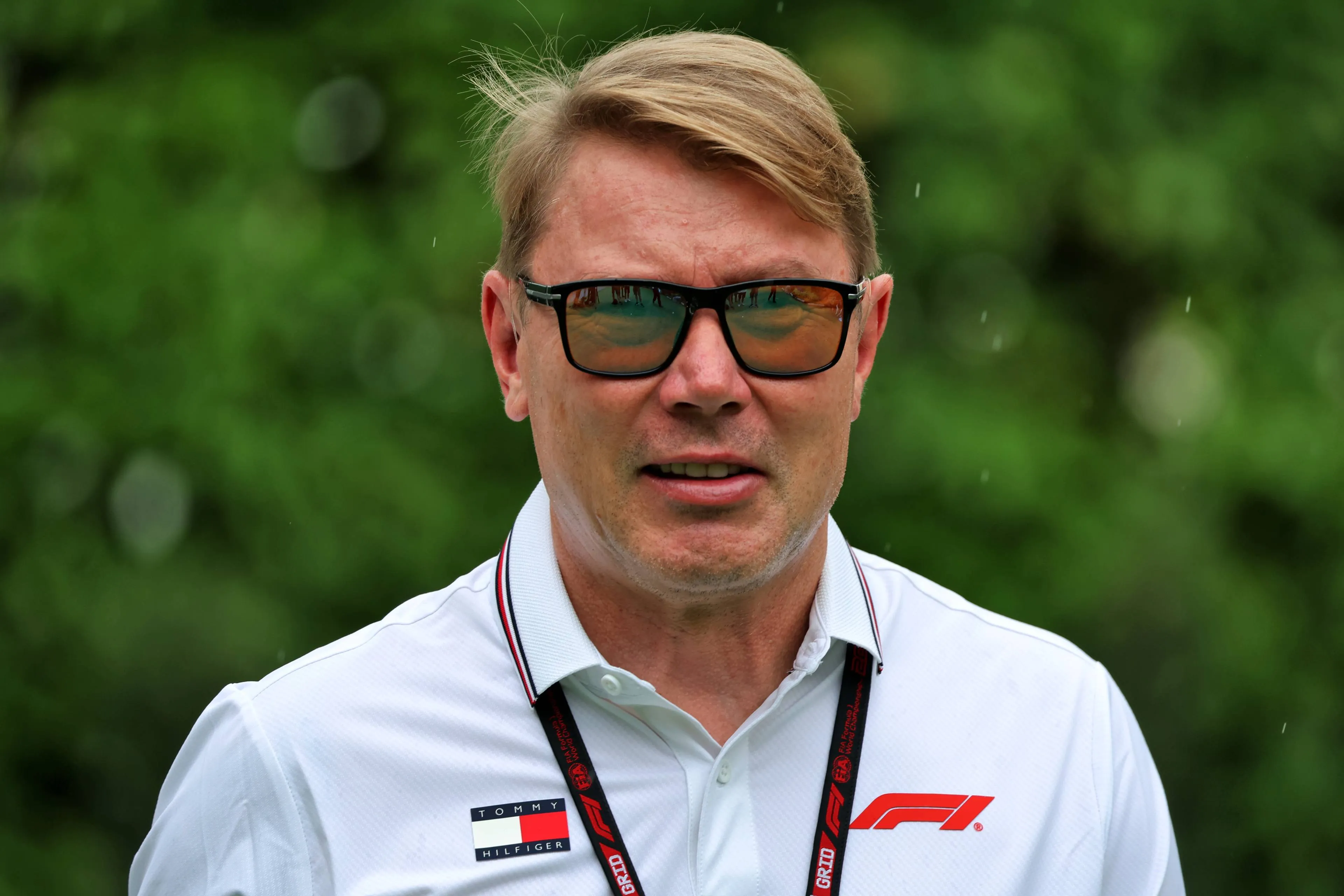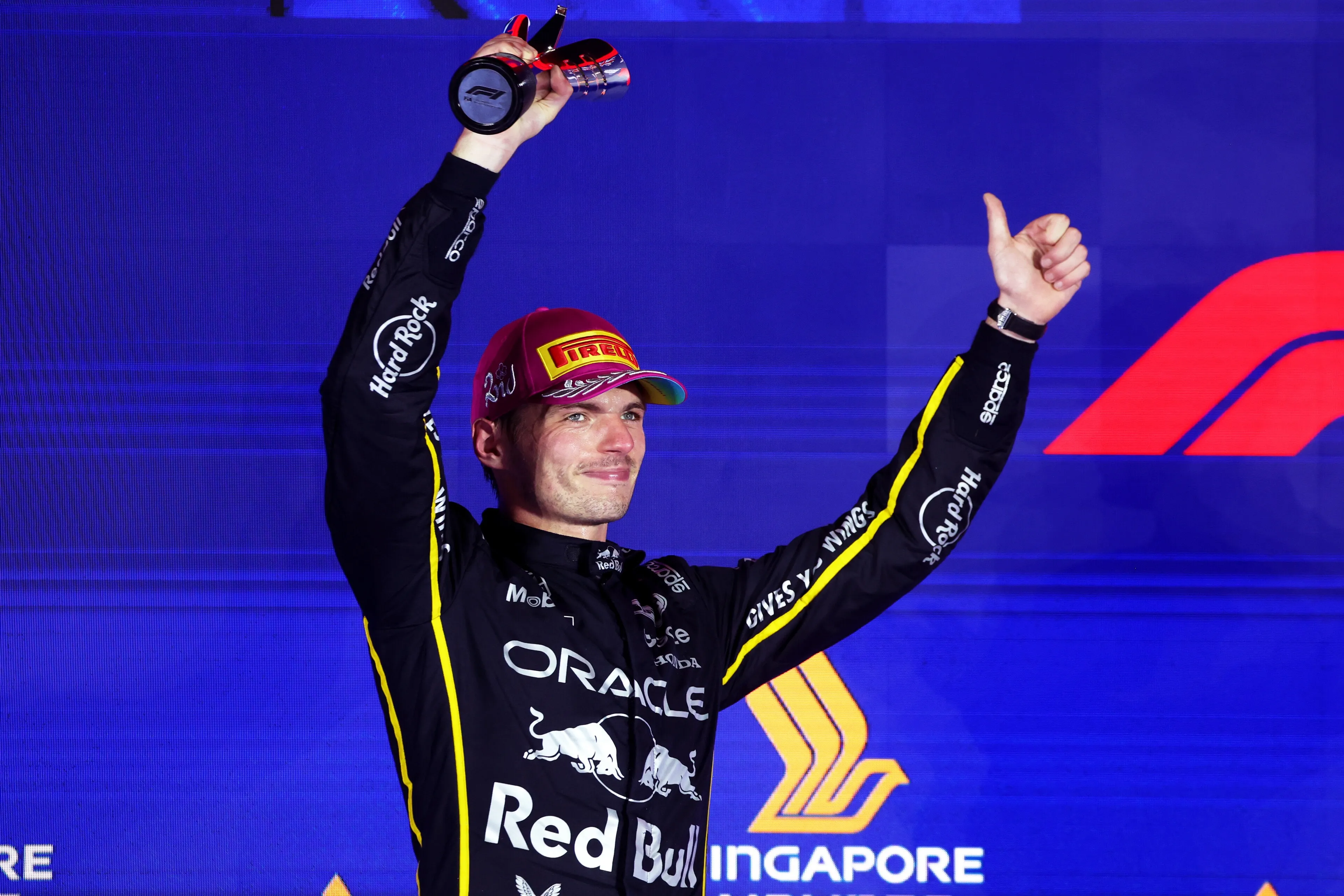F1 Tech | Why overheating can be Mercedes' biggest enemy for Sprint success
The first day of action in Miami saw a very competitive Mercedes with both Antonelli and Russell surprisingly fast in qualifying, especially with the softest compound in SQ3. Will they be able to keep this level of performance also in the Sprint or will tyre overheating be a cruel enemy for the two W16s?
Since the beginning of the year, the Mercedes’ W16 has seemed to be a very strong and well balanced car, being very competitive in qualifying, while still lacking a bit of consistency in the race, where overheating came into play.
In the first rounds of 2025 the car benefited from a very strong rear-end in all slow speed sections and traction phases, being on pair with McLaren in that kind of corners. The W16, in fact, showed a very good mechanical grip, proof of the step forward made by the team in improving the interaction between tyres and the mechanics of the car.
Moreover, the W16 proved to have a very stable aero-mechanical platform which provides a very good level of downforce at different ride heights, being well balanced and competitive through high speed sections as well.
During the last three seasons (since the ground effect regulations have been introduced), Mercedes always needed to run at very low ride heights to make the car enter its working window and thus, express its peak performance. Not by chance, in fact, some of their best races took place on tracks with a very smooth asphalt, like Silverstone and Las Vegas in 2024.
This year, on contrast, it seems like Mercedes have been able to build a car that works well at different heights from the ground, thus having a wider working window and being quick almost on every layout.
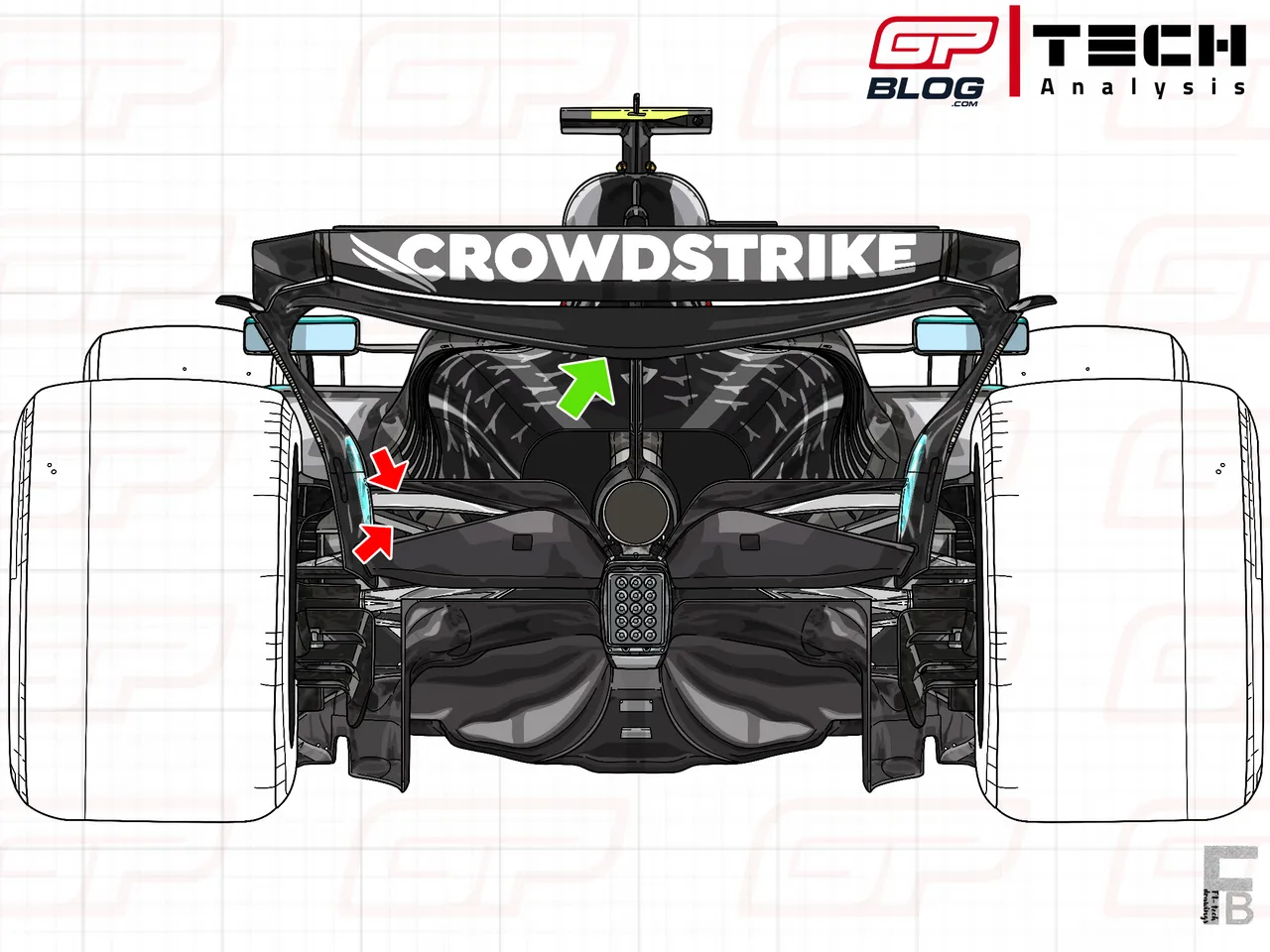
As a consequence, the W16 was immediately on top form in Miami from the first few laps of FP1. Both drivers had a lot of confidence in the car both through the first sector, characterised by a series of high-speed corners, and through the second sector, where a good handling and slow speed performance are needed.
These traits confirmed during qualifying as well, especially on the soft compound in SQ3: Russell and Antonelli had a strong car through the whole lap and not only in one specific sector (together with the two McLaren), eventually resulting in a P1 and P5 finish for them at the end of the session.
As always happens, however, a lot of work has been done by the team after FP1 to find out how to warm up the tyres correctly for the push lap, in order to keep them alive for the whole lap.
All this work eventually paid out, as confirmed by Antonelli himself to F1TV after qualifying: “Since free practice we tried to explore a lot with the tyre temperatures, especially for the beginning of the lap in order to be able to extract the maximum potential throughout the lap.”
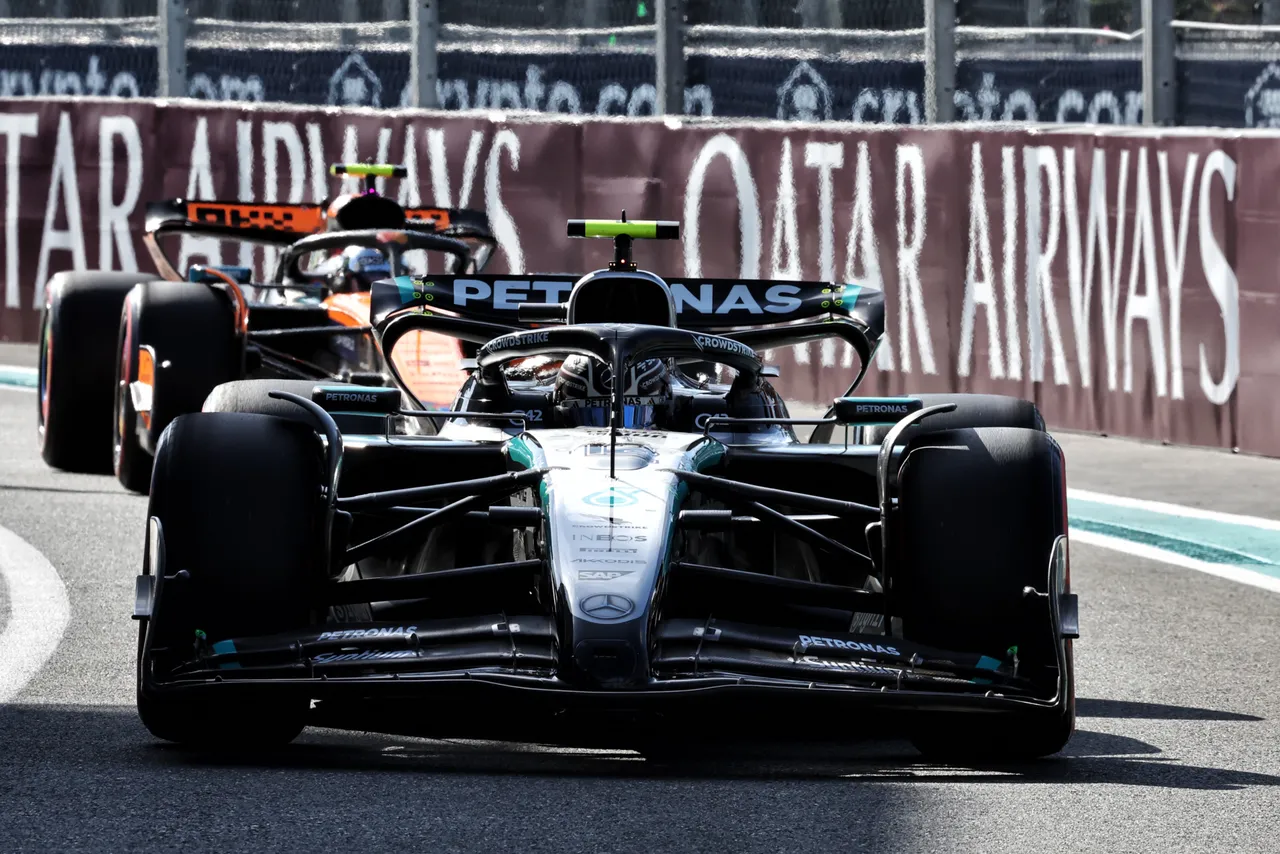
One of Mercedes’s weaknesses still seems to be overheating: due to the high energy put into the tyres, the car behaves very well in qualifying, warming up the soft quicker than other cars, but this advantage on Saturday flips into a disadvantage during the race on Sunday.
Generating a lot of energy (and thus temperature) into the tyres inevitably make them overheat after a few laps with high fuel. This aspect could be even more punishing this weekend, due to the hot conditions faced and the very hot tarmac.
This weakness was visible, for example, during the last weekend in Jeddah: despite the cool night conditions faced on Sunday, Russell struggled with overheating for the whole race, even going so far as to worry about a possible tire blowout a few laps to the end, due to the high level of blistering.
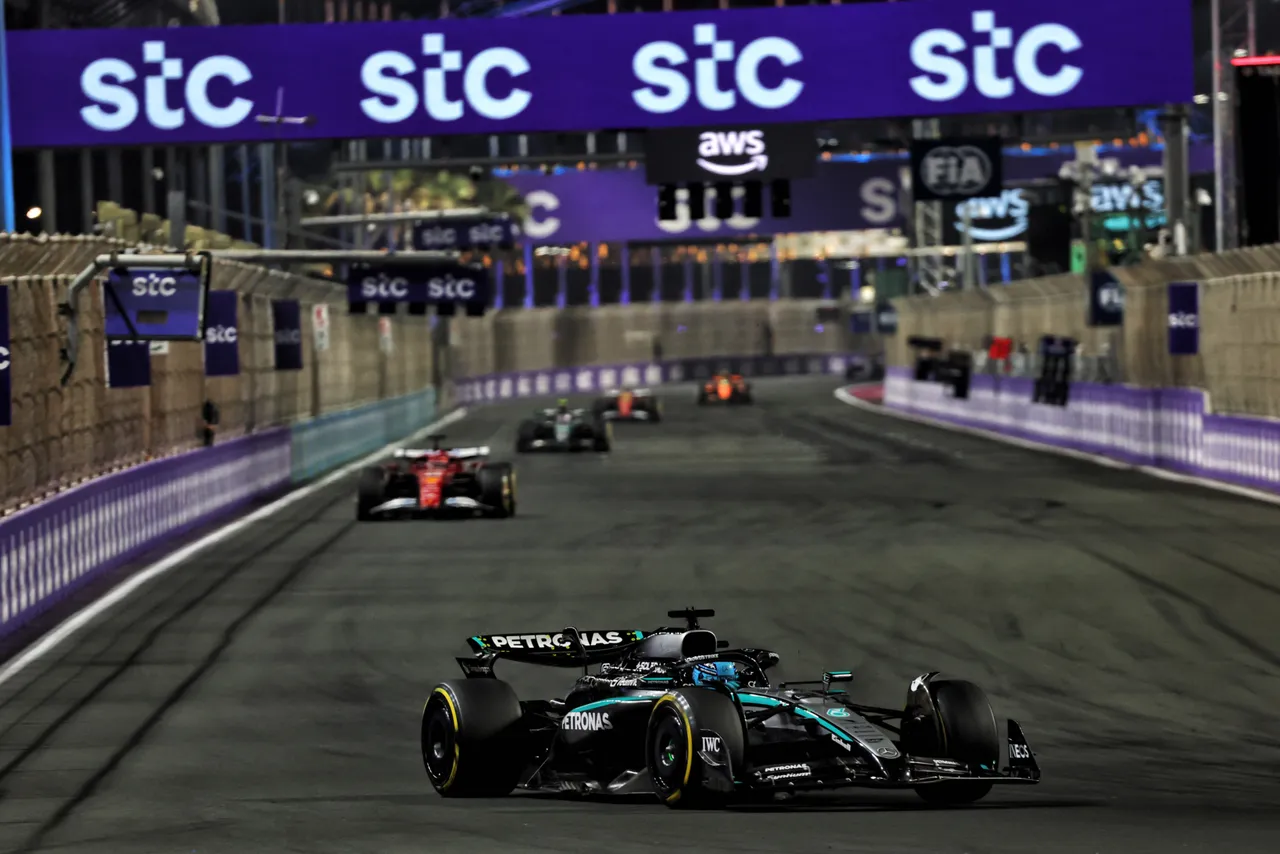
To prevent this from happening again this weekend, Mercedes was the one of the only few teams that didn’t try the soft tyre during the first and only practice, focusing instead on long run simulations completing a lot of laps on the medium compound with a Sprint race fuel load.
Russell completed 16 laps and Antonelli 15 laps, with an average of 1.31.68 and 1.31.79 respectively, which is difficult to evaluate since every team did a different program with different fuel loads.
The goal for Antonelli will be to keep the position at the start, so that he’ll be able to run in free air and keep his tyres as cool as possible, as overheating massively increases when you run in dirty air, i.e. behind another car.
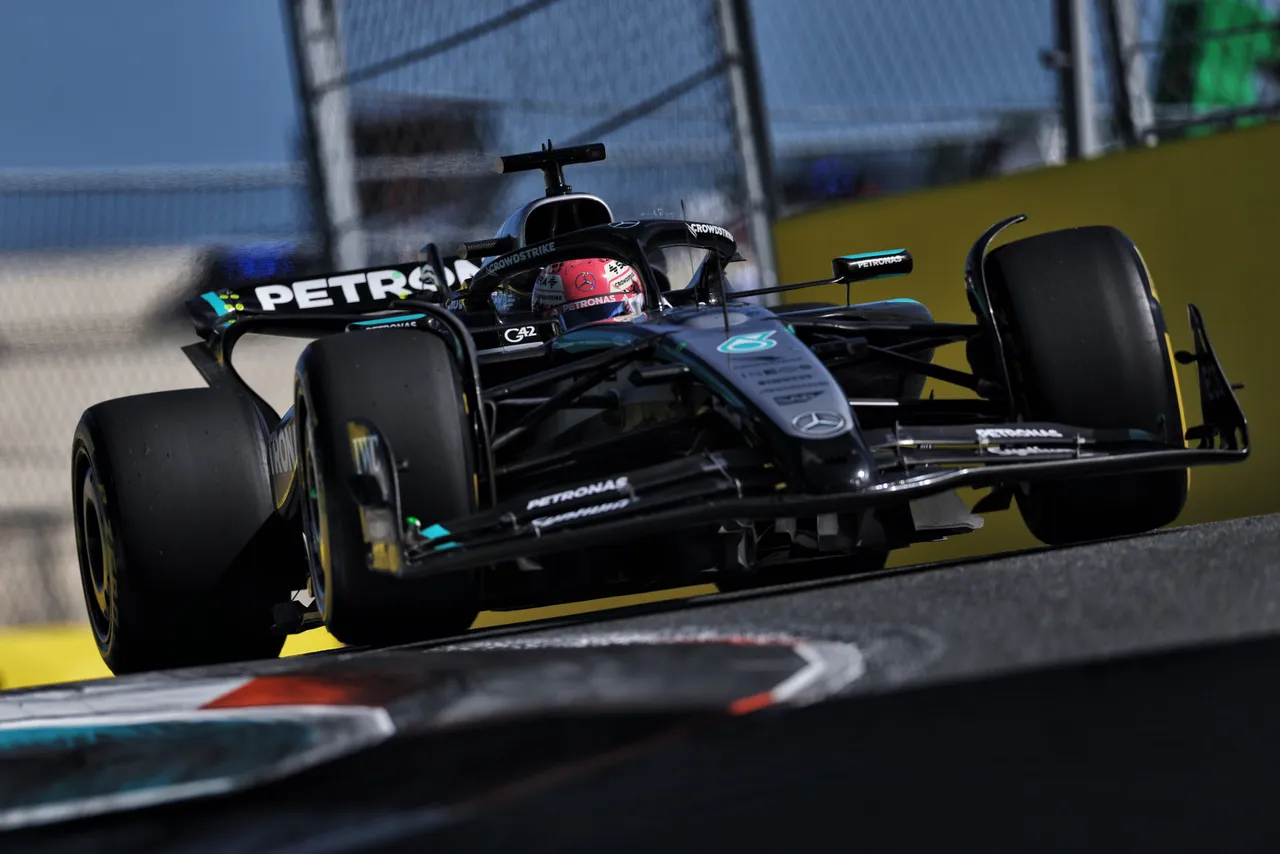
He underlined this aspect as well during an interview with Sky Sport F1: “In the end, in all the races this year we have seen that when you are behind a car you have much more overheating, you struggle a lot. Even if you have more pace you really struggle to pass because it is difficult to follow and when you follow the tyres heat up a lot more and therefore you have less grip. So being in clean air definitely makes the difference.”
In conclusion, Antonelli has taken advantage of his car’s strengths and grabbed pole in the Sprint, but it’ll be quite interesting to see if this great performance confirms also with high fuel load and higher stress on the tyres during the 19-lap race on Saturday.
Read also
Popular on GPBlog
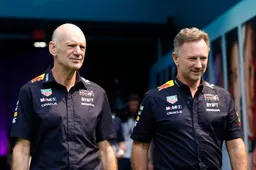
Aston Martin has informed staff following rumors about Horner’s arrival

What Norris needs to do to clinch his first drivers' title in Qatar GP

F1 Drivers' Standings | Piastri closes the gap with Sprint win in Qatar



